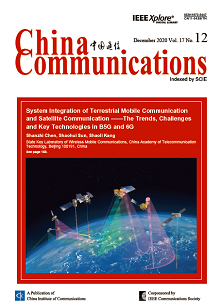Zhonghong Ou, Baiqiao Xiong, Fenrui Xiao, Meina Song
2020, 17(12): 247-264.
Cards Recognition Systems,(CRSs) are representative computer vision-based applications. They have a broad range of usage scenarios. For example, they can be used to recognize images containing business cards, personal identification cards, and bank cards etc. Even though CRSs have been studied for many years, it is still difficult to recognize cards in camera-based images taken by ordinary devices, e.g., mobile phones. Diversity of viewpoints and complex backgrounds in the images make the recognition task challenging. Existing systems employing traditional image processing schemes are not robust to varied environment, and are inefficient in dealing with natural images, e.g., taken by mobile phones. To tackle the problem, we propose a novel framework for card recognition by employing a Convolutional Neutral Network (CNN) based approach. The system localizes the foreground of the image by utilizing a Fully Convolutional Network (FCN). With the help of the foreground map, the system localizes the corners of the card region and employs perspective transformation to alleviate the effects from distortion. Text lines in the card region are detected and recognized by utilizing CNN and Long Short Term Memory,(LSTM).To evaluate the proposed scheme, we collect a large dataset which contains 4,065 images in a variety of shooting scenarios. Experimental results demonstrate the efficacy of the proposed scheme. Specifically, it is able to achieve an accuracy of 90.62% in the end-to-end test, outperforming the state-of-the-art.
